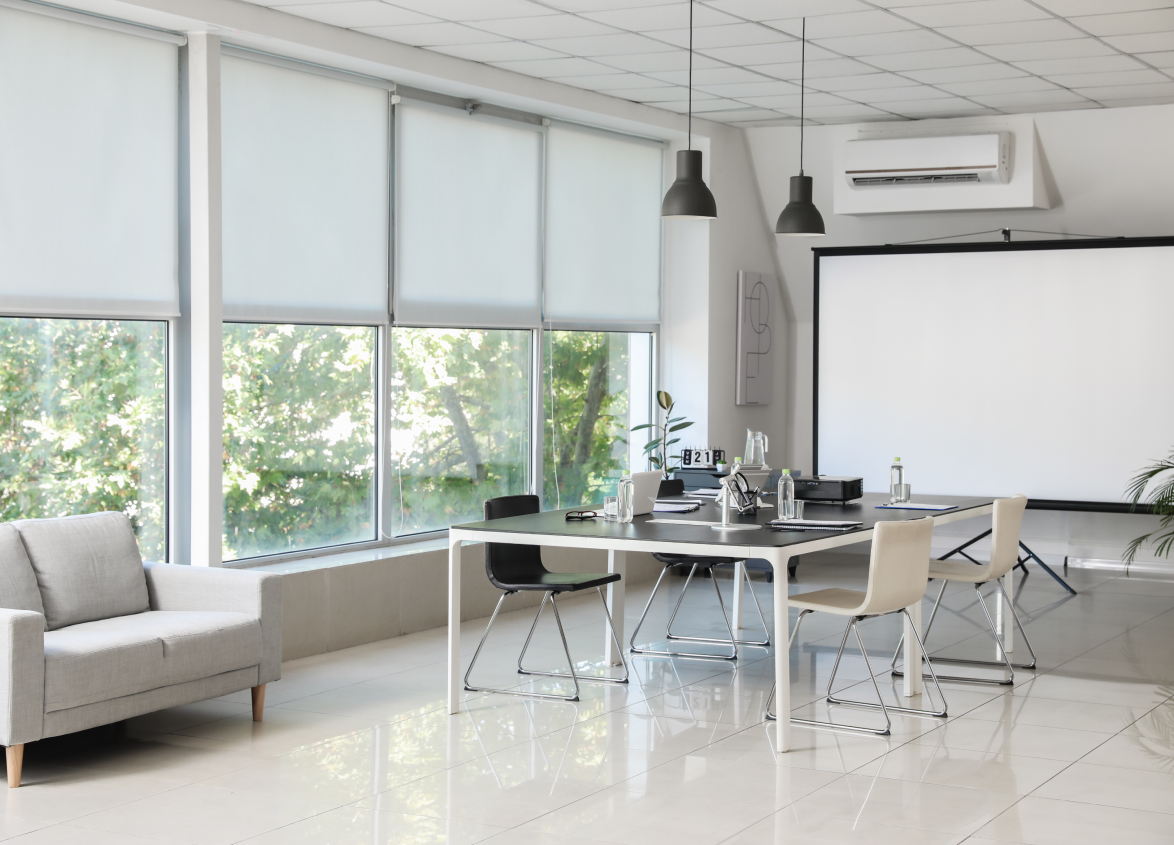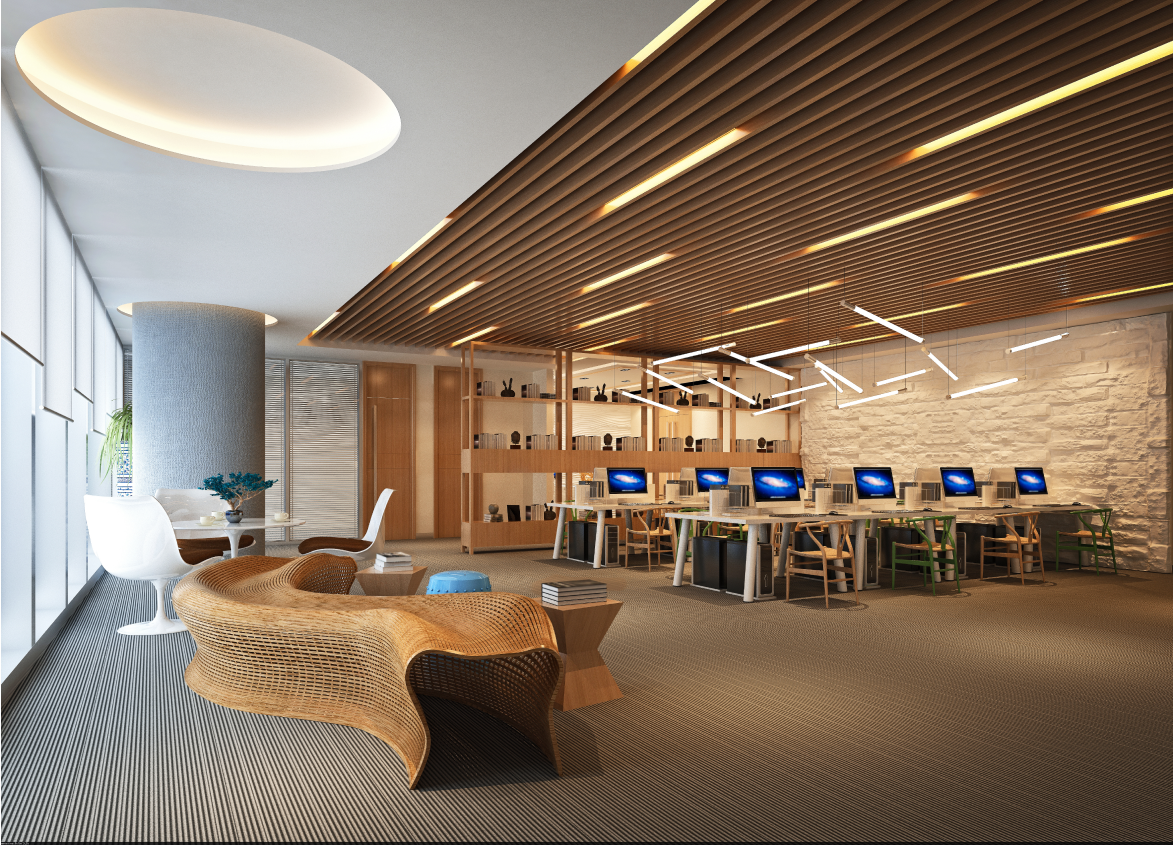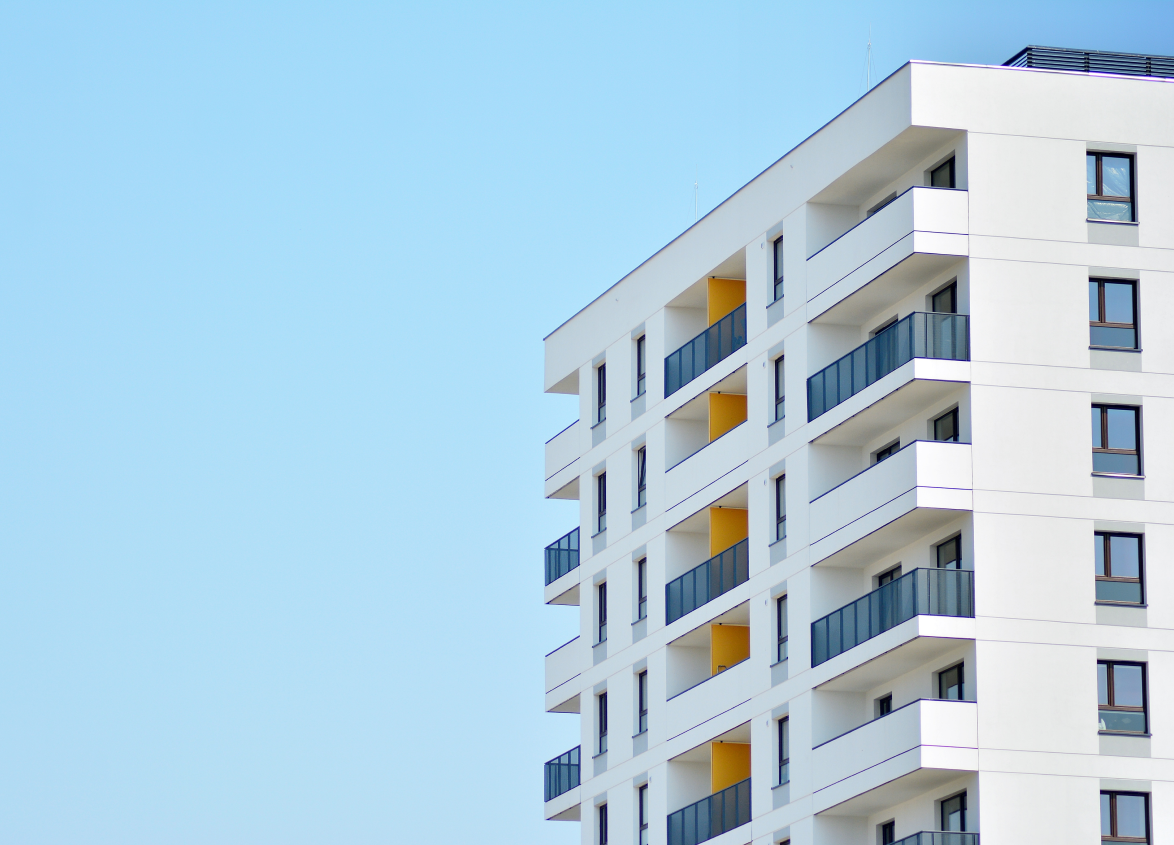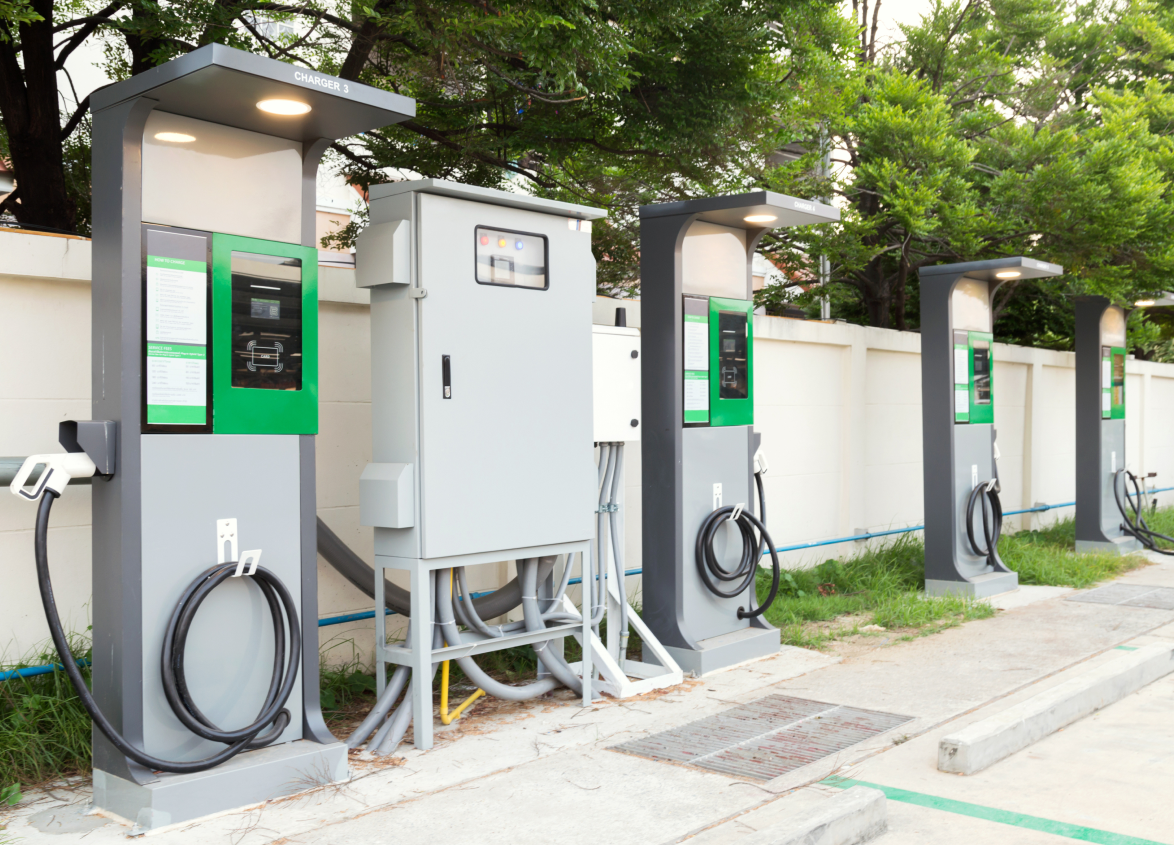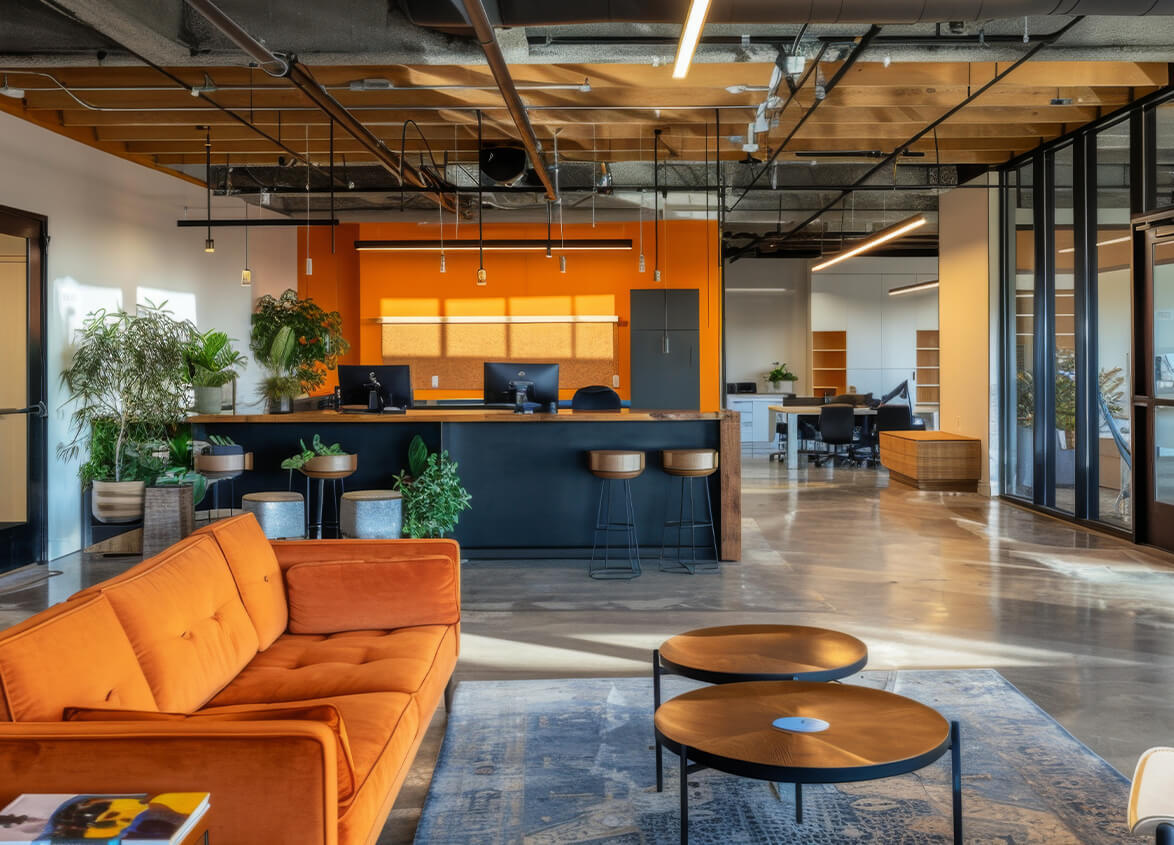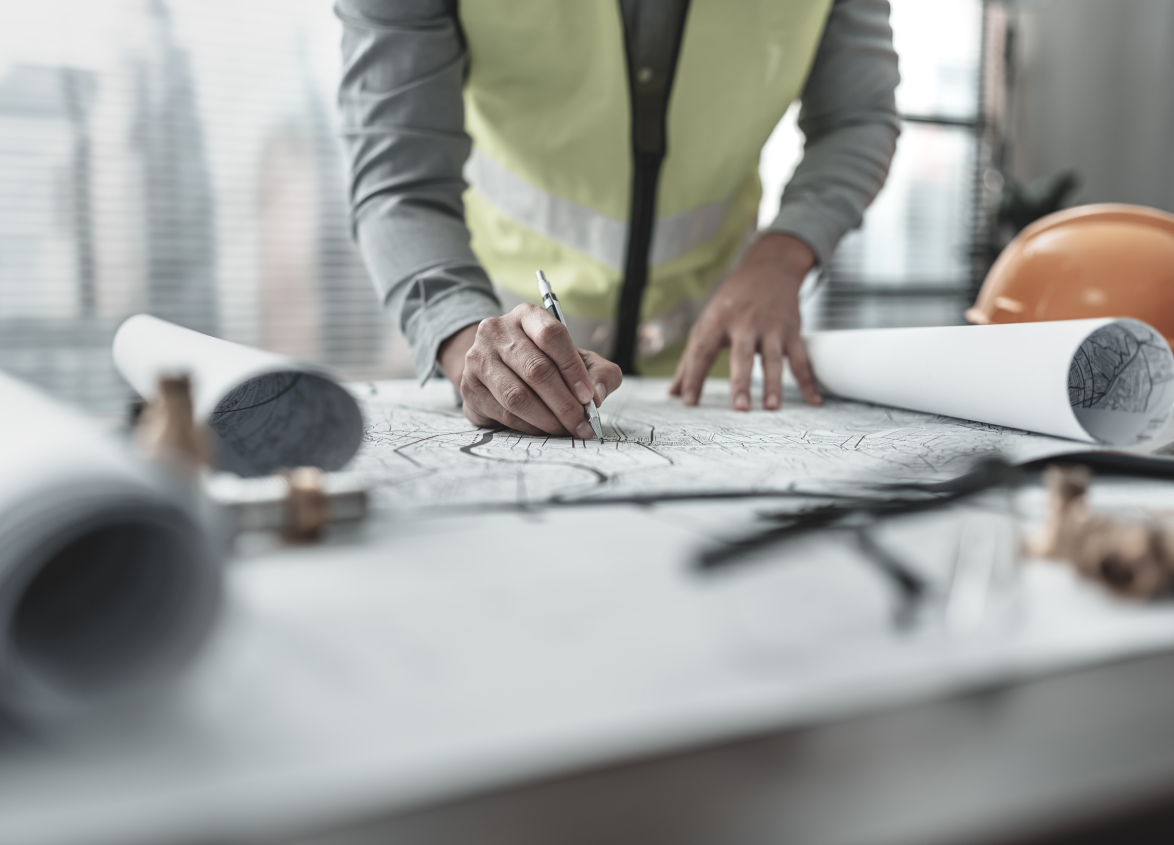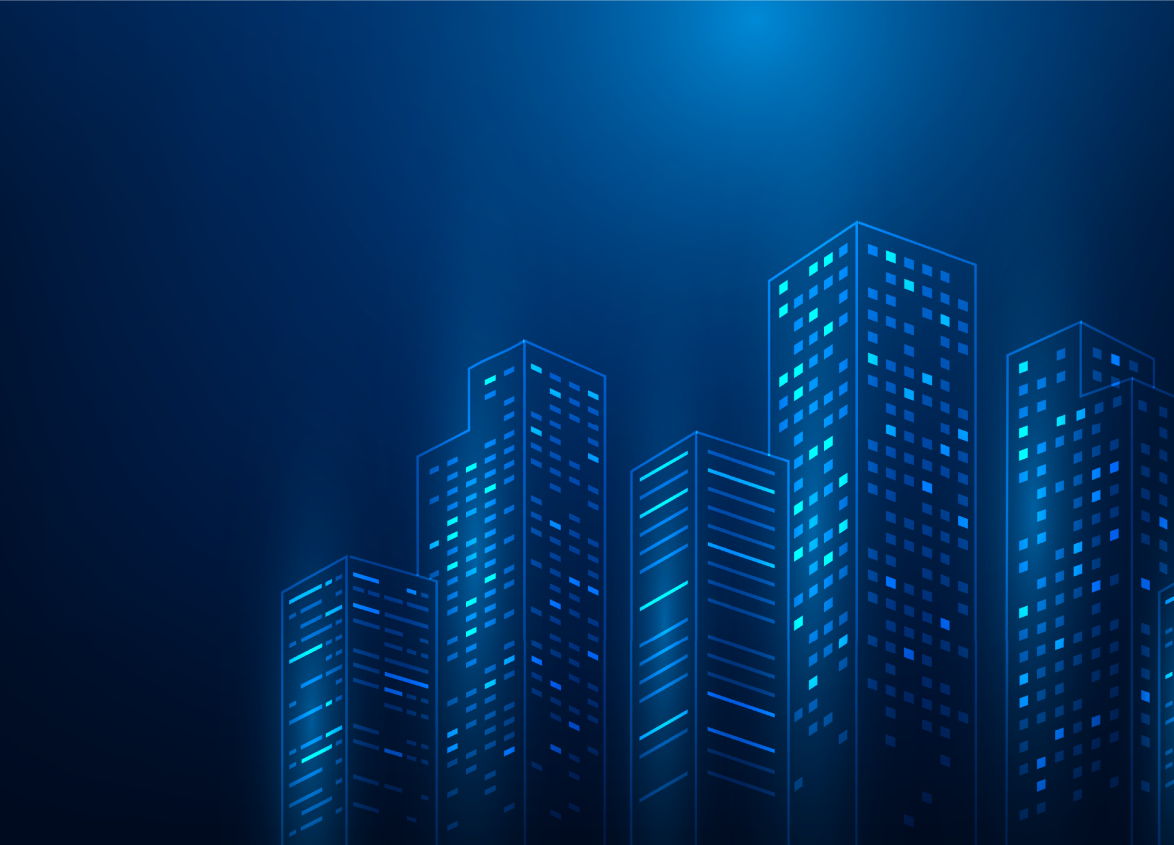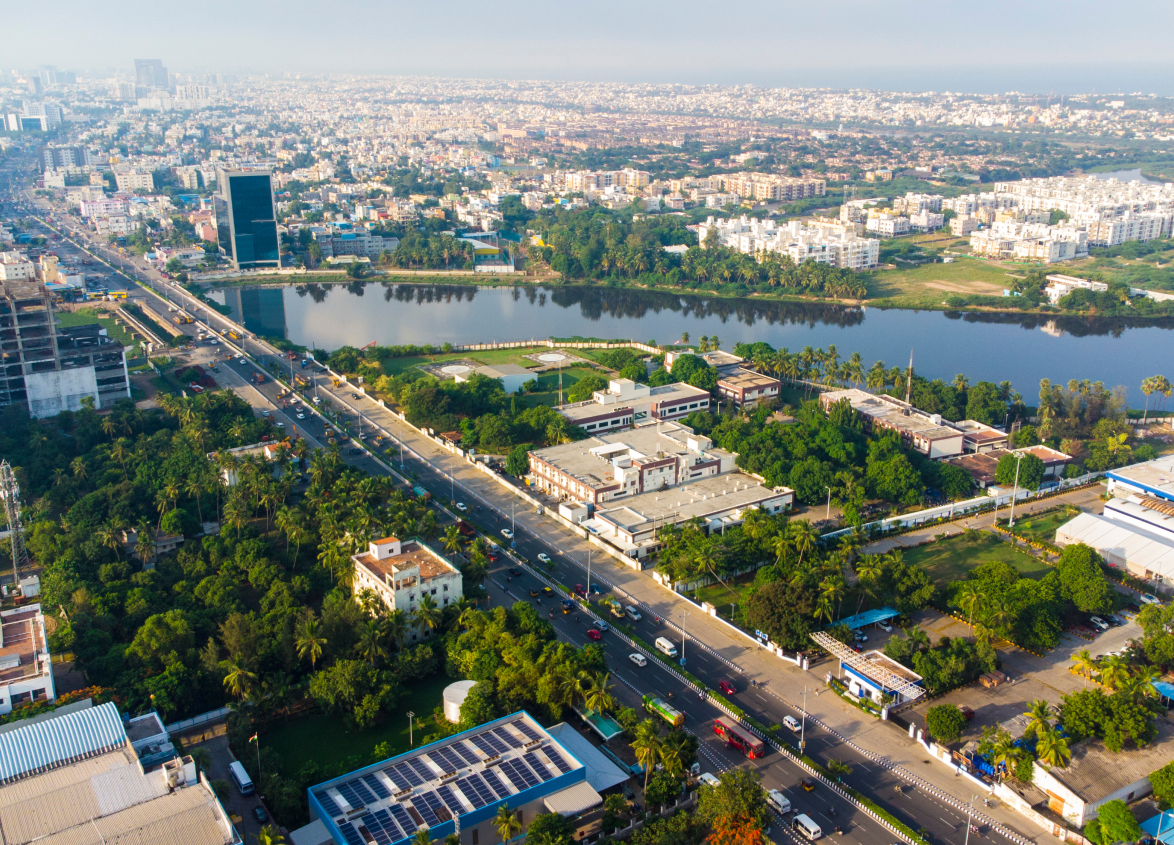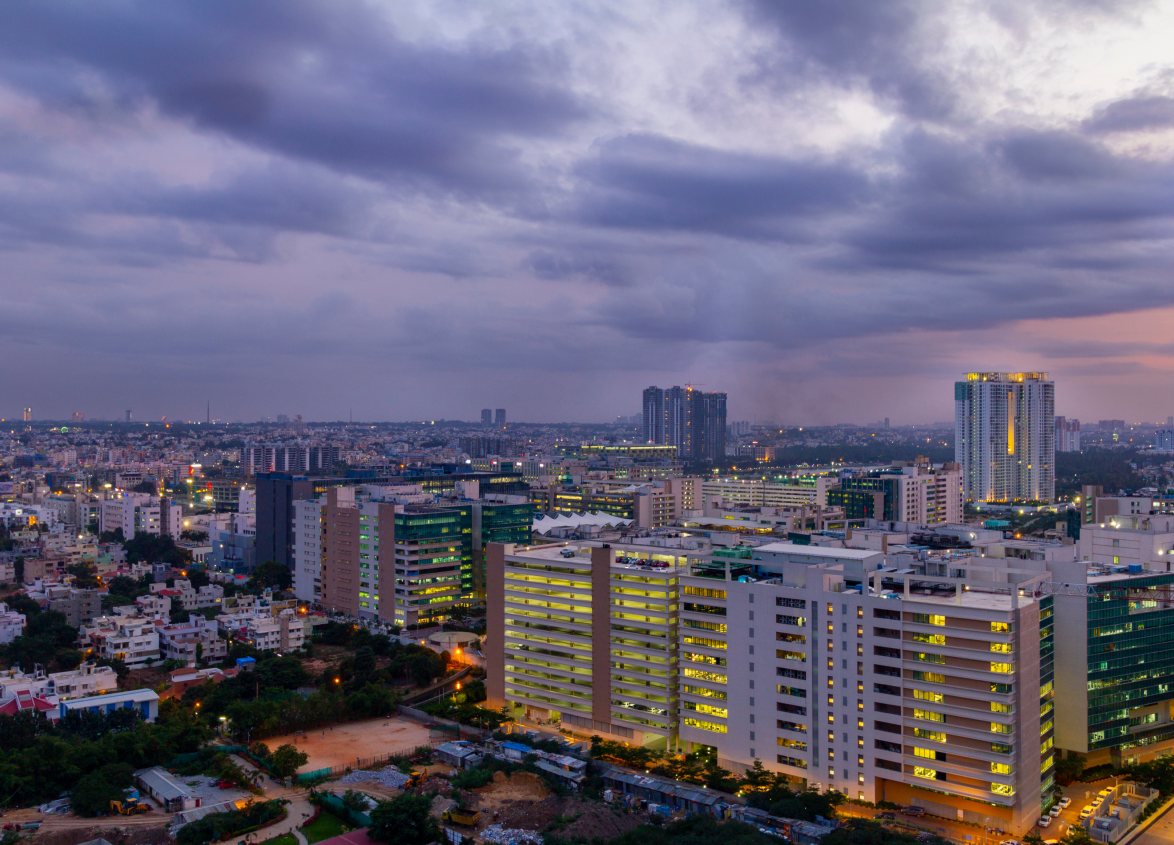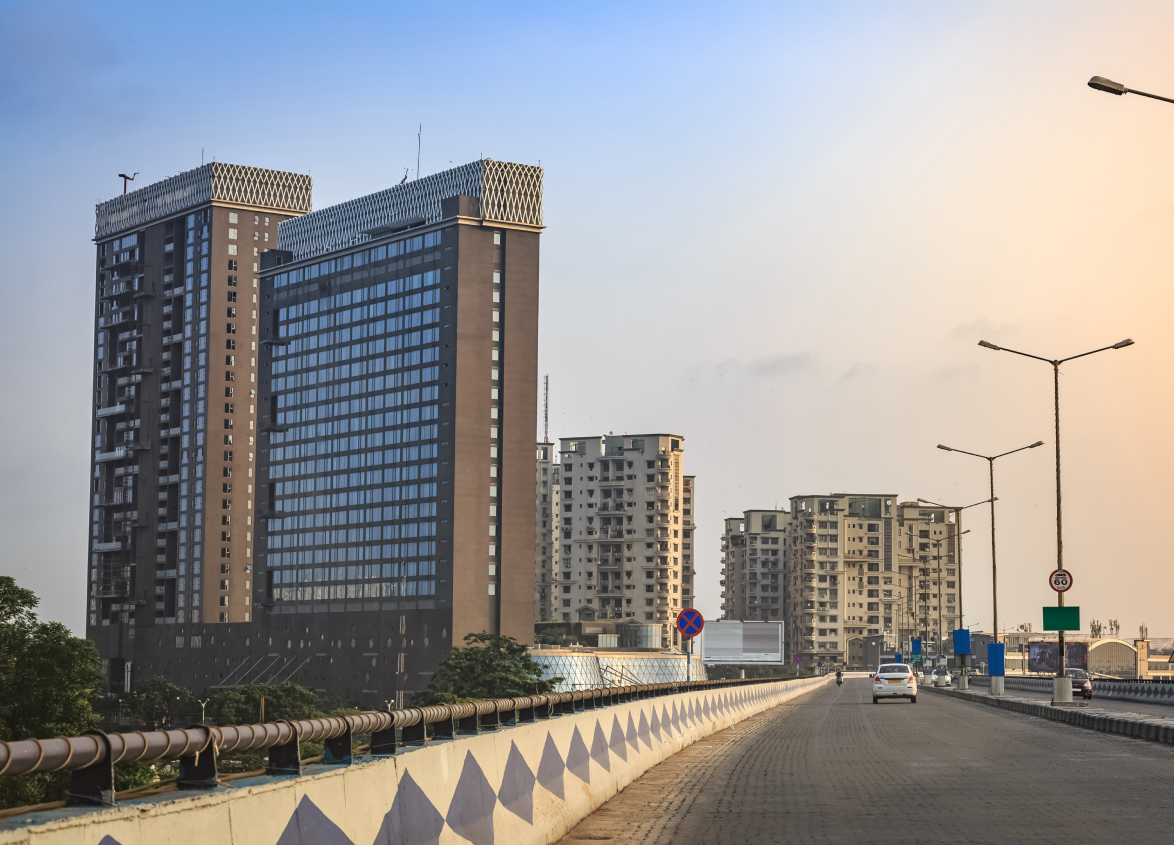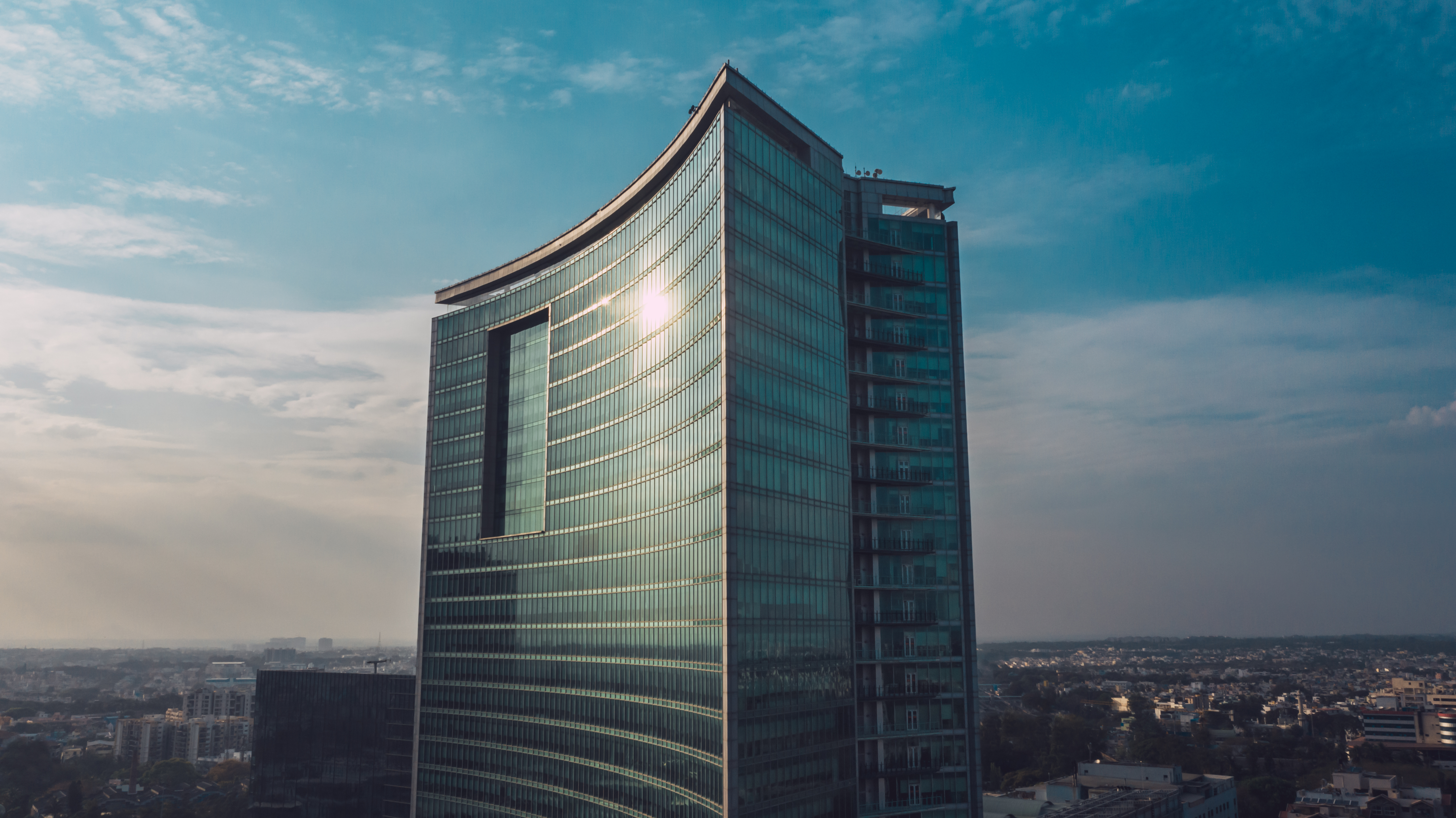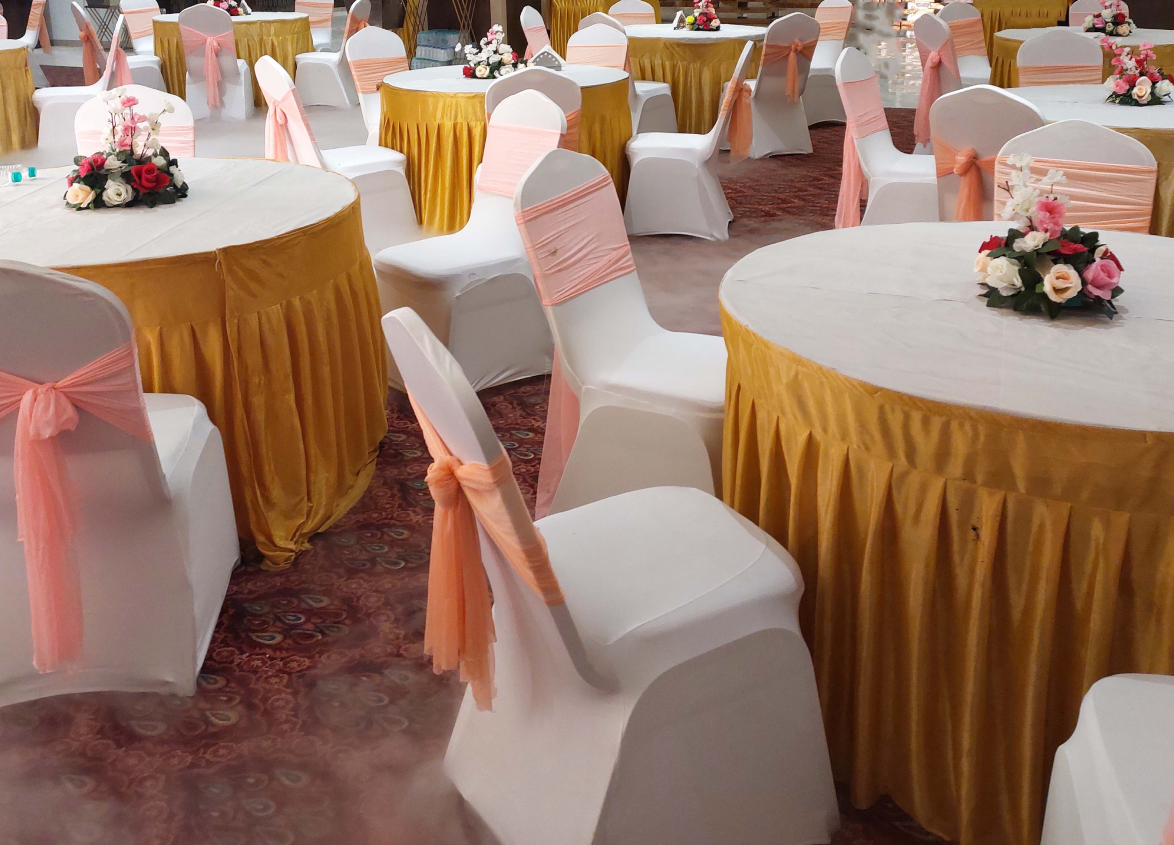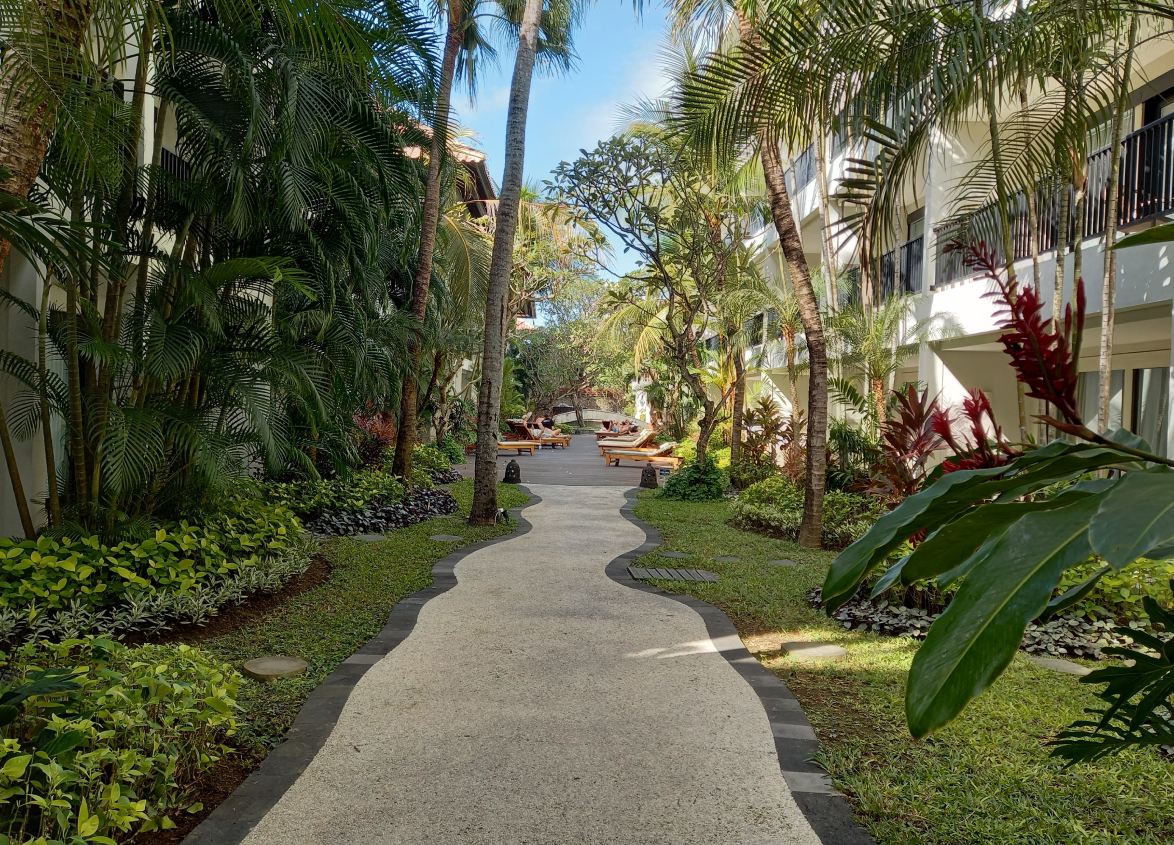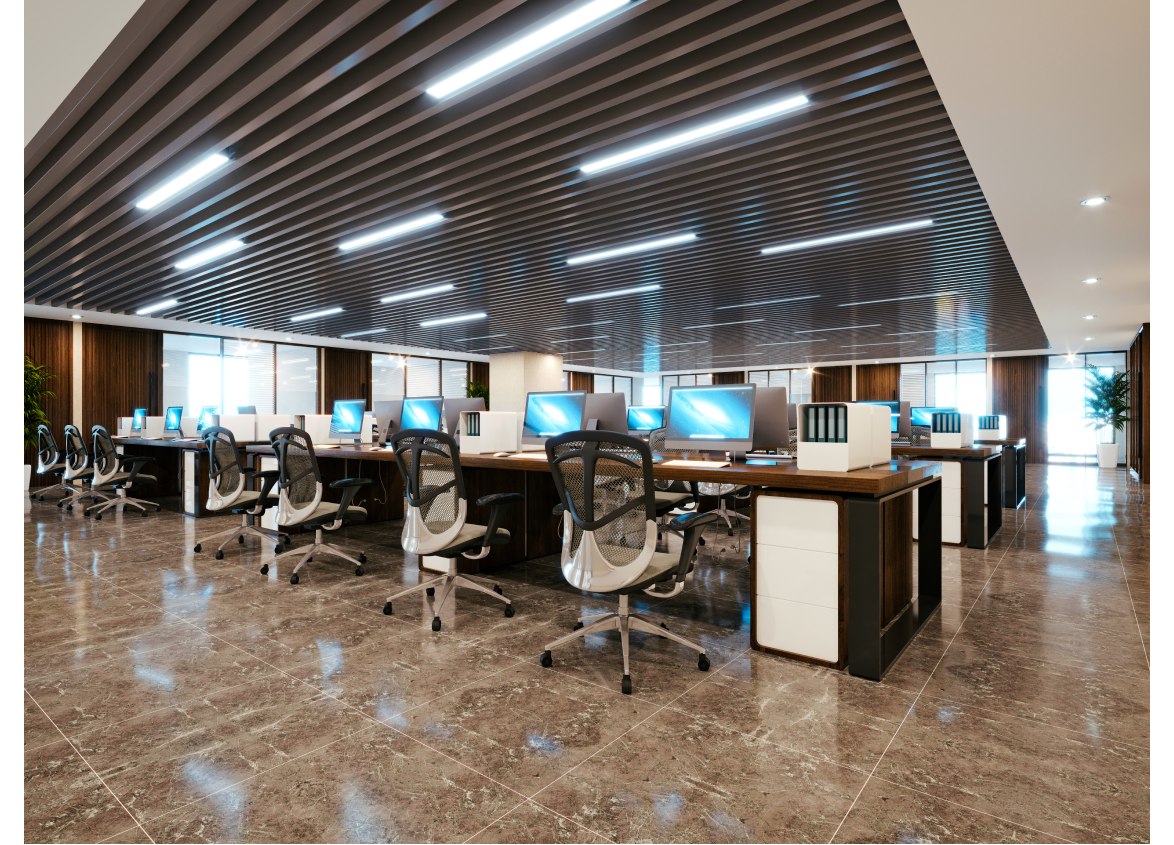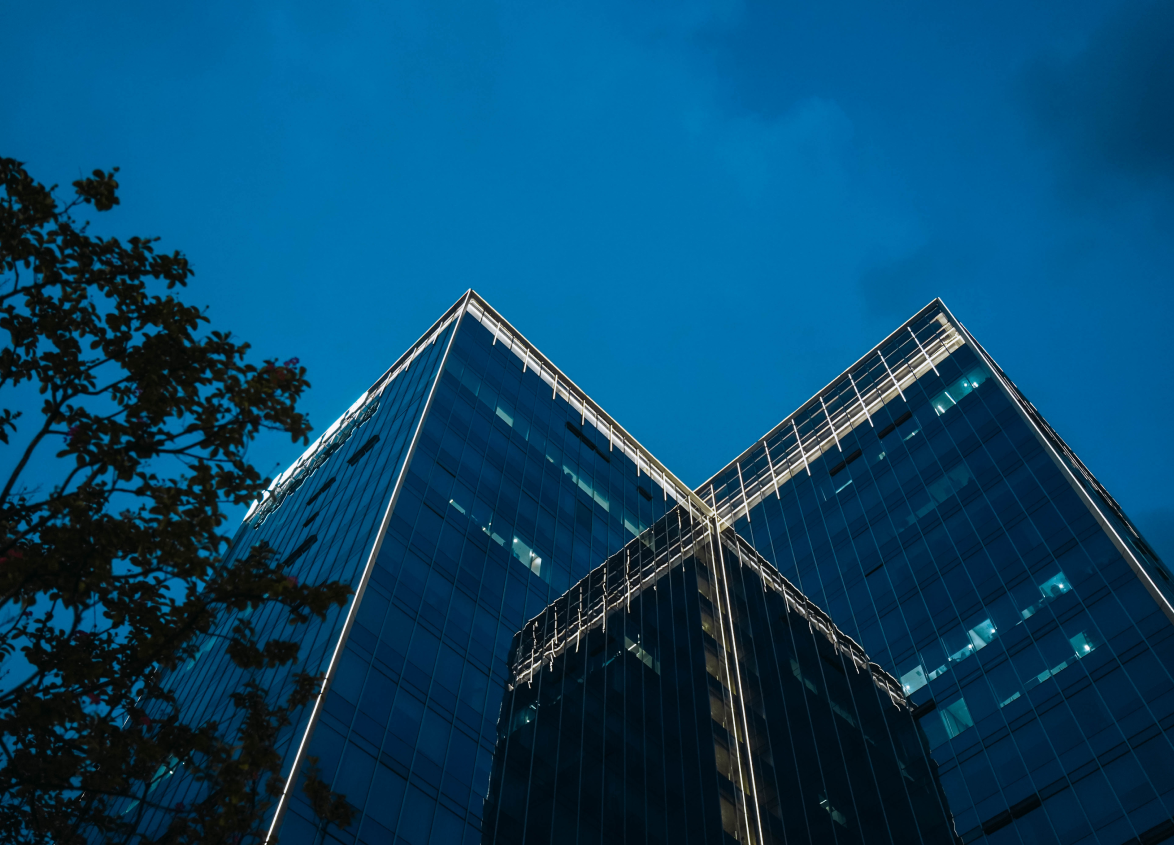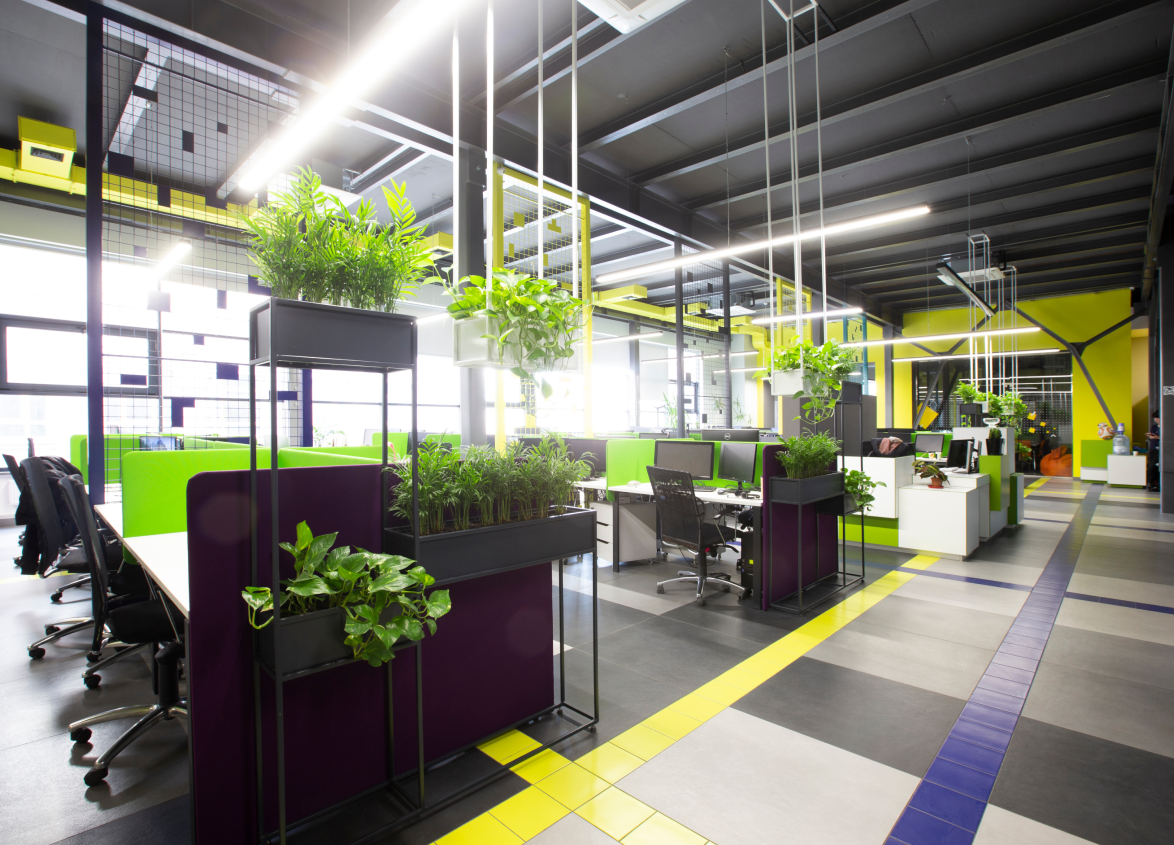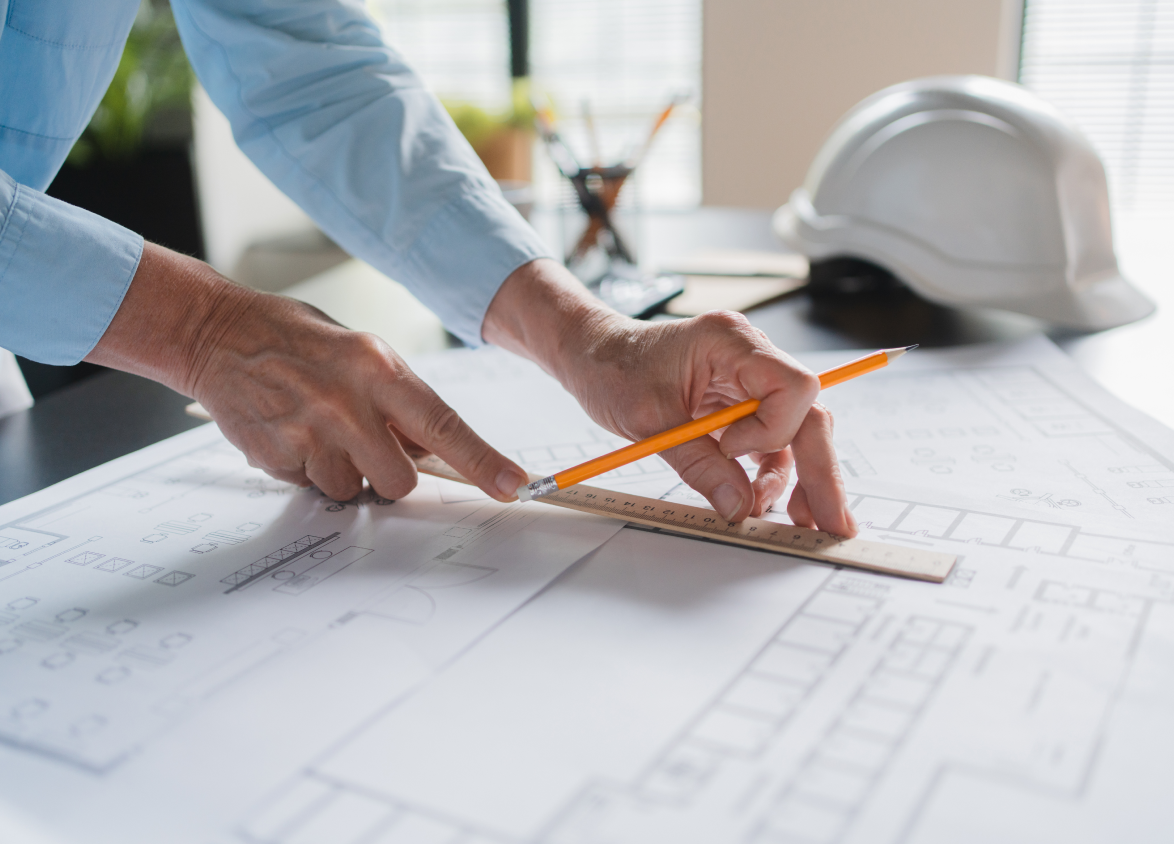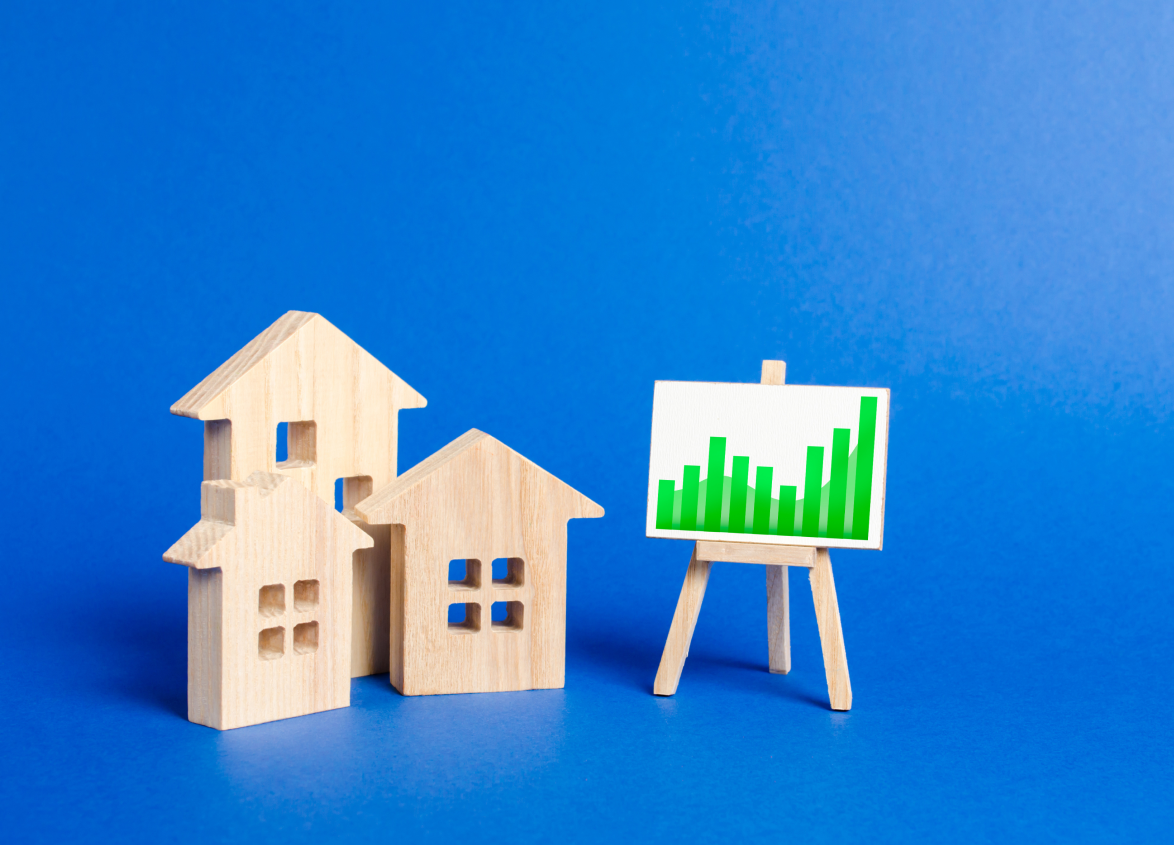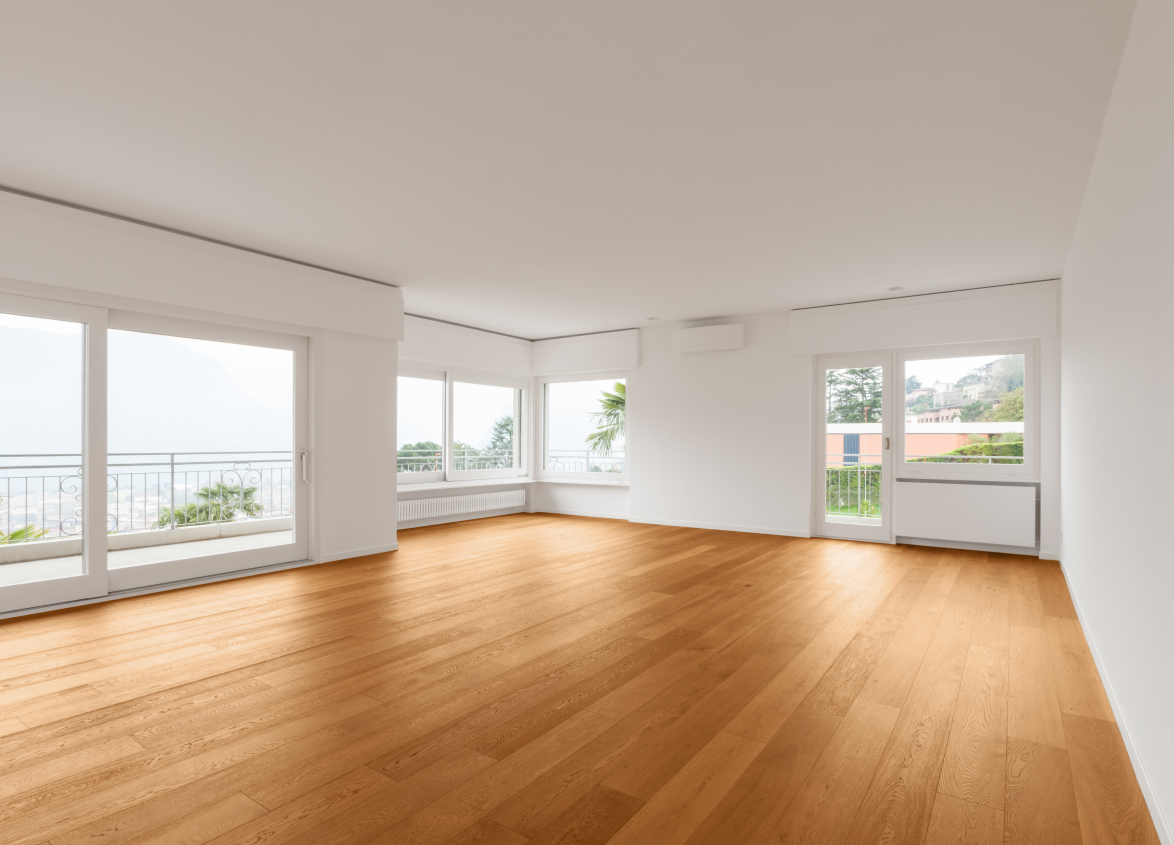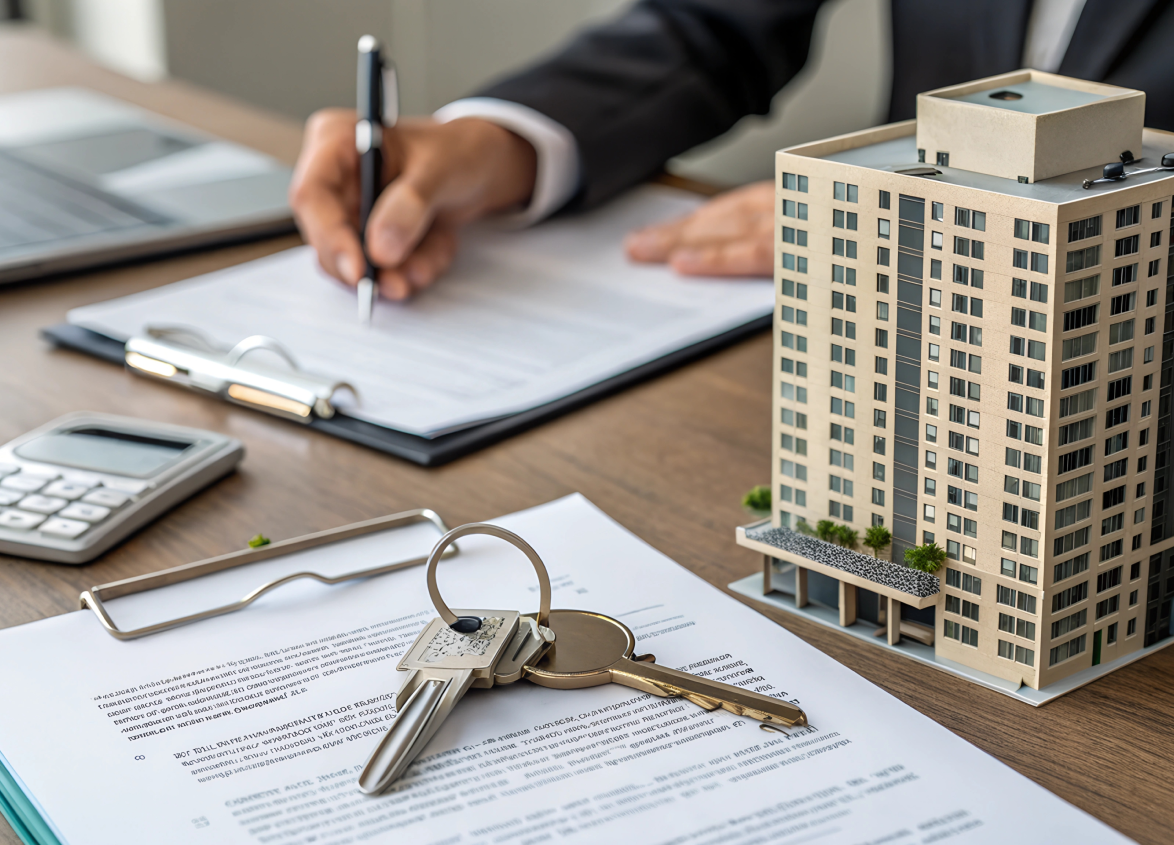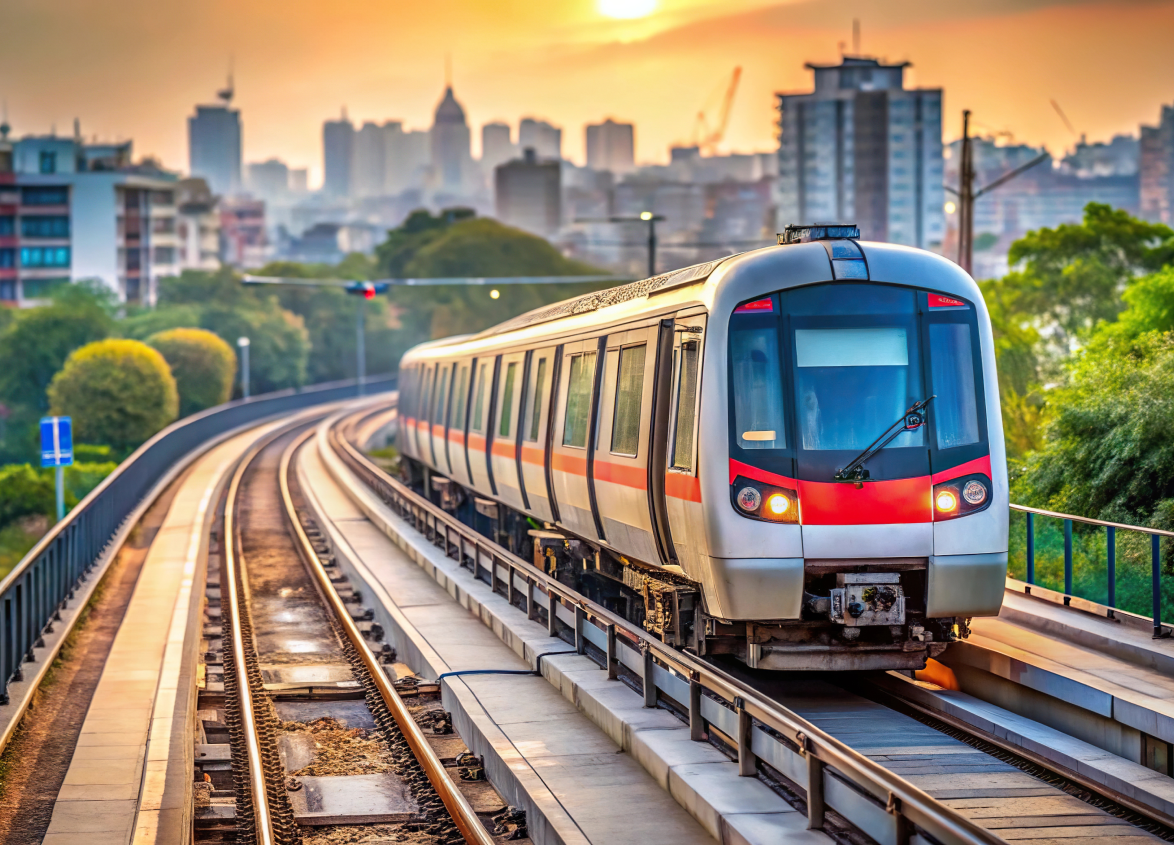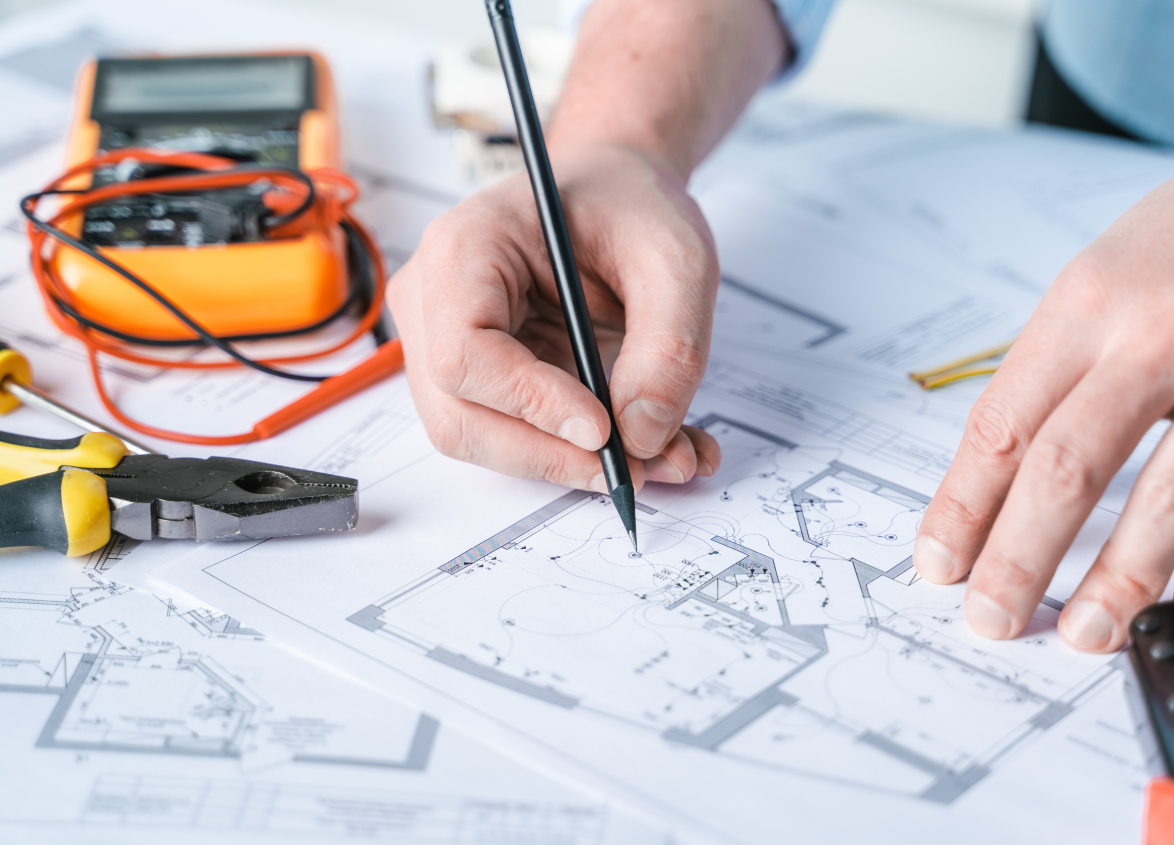
Commercial
What Employees Want Most from Their Workspaces
October 10, 2024
The modern workspace is changing for the better. Employees want more than a workable space to spend their day at the office. The spaces no longer comprise basic tables, chairs and cabin setups, which was the scene in the past.
The ideal workspace goes beyond functionality, offering elements that enhance the overall employee experience. Today’s workers complete necessary work in enriched environments that support personal well-being encourage creative thinking and increase productivity. Employees want their workspaces to be spaces where they feel happy and motivated to achieve quality results.
Let’s dive into what employees want most from their workspaces, focusing on key aspects that stand out in their work lives.
Any successful company relies on its employees as its backbone; therefore, ensuring they have an appropriate working environment affects their productivity levels, engagements, and retention rates, respectively.
Unlike before, when modern offices were just physical spaces for performing jobs, they are now designed with mental wellness, innovation and team spirit. This change in employee expectations has compelled business organisations to rethink how they plan and manage office buildings so that there are places that meet the needs of all workers.
Below are the top 12 things employees seek in their workspaces today:
Work-Life Balance
One big factor that employees look for in their workplaces is how good they are at maintaining a healthy balance between their work and life. It is more than flexible working hours; it is about making sure that workers believe they can keep their personal lives separate from their jobs.
Nowadays, when people work remotely or use hybrid models, most workers would like to see some remedies that enable them to have room to breathe, e.g., co-working spaces or somewhere else they can go if necessary so as to do their job online.
When companies help to create such flexibility and therefore encourage employees’ equilibrium between their jobs and private lives, it improves employee satisfaction while lowering occupational weariness.
Positive Workplace Culture
An improved workplace culture is key to the overall happiness and motivation of employees. If the workspace is representative of the company’s values in terms of mutual respect, inclusiveness and support, workers will engage more easily.
For instance, organisations that allow for free-flowing conversations between workers also help to bond them together into a team. Such an office can also feature open-plan designs, informal meeting places or even sitting areas that are casual enough for cordial interactions among employees.
Health and Wellness Amenities in the Workplace
Due to the increasing understanding of wellness, health and well-being, facilities in workspaces have become the most important for employees. Ergonomic furniture, standing desks, on-site gyms or meditation rooms are among the features that can have a great influence on both mental and physical health of workers.
Organisations that offer wellness programs or initiatives like yoga sessions, fitness challenges and even mindfulness workshops tend to be perceived as supportive and caring towards their employees. These amenities not only promote healthier lifestyles but also assist staff members in dealing with tension thereby helping them to work productively at all times.
High-Quality Tech Infrastructure
High-quality technology infrastructure is a must for employees in today's digital world. Fast internet, unbroken video conferencing systems, dependable hardware, and ready access to IT support are important aspects that have a direct impact on productivity. Employees would prefer to work with technological devices that increase their performance instead of decreasing it.
In addition, as remote and hybrid working continues to grow, organisations must ensure that their technological infrastructures can enable collaboration regardless of distance. An optimised workspace comprises cloud-based solutions, project management software and secures virtual access to the company’s resources among other things.
Collaborative Spaces
Innovation is fuelled by cooperation, and staff members require their offices to have areas for collaboration where they can work together on projects, come up with new ideas or simply exchange thoughts. Such spaces ought to be adaptable, enabling groups to adjust them as per their requirements, regardless of whether it is small group meetings or bigger talks.
Encouraging open discussions through idea-sharing rooms, meeting areas and lounges specifically designed for teamwork encourages spontaneous thoughts. Providing a range of collaboration areas, including formal conference rooms and informal open-space workstations, gives workers an opportunity to select what suits them best.
Quiet Zones and Focus Rooms
It’s imperative for workers to have silence areas and focus rooms where they can concentrate on assignments requiring uninterrupted thought. While open office designs promote communication, they can serve as sources of distraction at times. Modern workplaces are increasingly incorporating specific areas that allow employees to work on their own without disturbance.
These spaces include soundproof booths, solitary pods or just other quiet spots that help employees settle into a productive groove. The blend between openness and collaboration with an alternative that provides privacy and tranquillity is vital in catering to the different ways people work.
Proper Light and Ventilation in Offices
As far as employees are concerned, their workspaces should provide them with comfort and the possibility to thrive; therefore, the right lighting and ventilation have always been regarded as principal priorities. Natural light is often referred to as one of the most sought-after aspects of offices because of how it boosts somebody's mood, state of mind and productivity levels. An office with large window panels, skylights, or open plans that allow sunlight access creates an engaging and healthier workplace.
Equally important is good ventilation. Fresh air in addition to a temperature regulation system that is pleasant contributes to office general morale. When there is poor air quality together with inadequate ventilation within offices, people could end up feeling tired or uneasy as well as getting sick, hence the need for proper airflow.
Personalization in Workspaces
In this era, workers like to personalise their workspace. This makes them feel better and get along with the location better. Employees are able to create a cosy, working atmosphere by using pictures, plants, or personalised desk items. An employee will feel valued and perform better when they can work in an area they have designed themselves.
Also, firms can have different types of working environments where employees can select between standing desks, private rooms or more open office spaces based on their liking.
Sense of Belonging Within the Workplace
Creating a sense of belonging constitutes one of the most important factors for employee satisfaction. Engagement and commitment are more likely to be found in those who are connected not just with their co-workers but also with the organisational mission and values. In order to create such ambience, organisations can establish spaces that resonate with their brand, culture or value systems.
Team events, inter-departmental cooperation and inclusive policies contribute to creating an environment where workers feel they belong to something larger than their ordinary job responsibilities.
Modern Office Design
Beyond mere aesthetics, modern office design entails the establishment of a working atmosphere that resonates with the image of the organisation and the mode of working by its staff members. Sleek, contemporary designs that focus on functionality, flexibility, and creativity are highly sought after.
Natural aspects such as plants, eco-friendly materials usage and open-plan designs that promote mobility and interaction have gained popularity. For employees today, these are appealing workplaces that are not only attractive to the eye but also functional and considerate of their requirements.
Opportunities for Professional Development
It is crucial for organisations to promote employee growth, as it has been shown to make their employees happier and stay longer with them. Furthermore, this could be done by offering mentorships, online courses, training programs, as well as hosting industry related conferences.
In instances where training zones or other learning tools are present within workplaces; these send messages of commitment towards staff development that translate into enhanced job contentment levels as well as reduced turnovers.
Sustainability
With the growth of environmental consciousness, the employees are more anxious to see how sustainable their workspaces are. The current workforce is thus drawn to companies that practise green ideologies and design offices with sustainability as their primary consideration.
Fostering such a sense of purpose and responsibility can be achieved in many ways by companies that embrace eco-friendliness, such as installing light fixtures that save energy, having programs aimed at reducing waste and engaging in construction using materials that do not harm the environment. For our part, businesses whose environments are LEED certified create an impression on those employees who care for sustainability because they prove with green initiatives or new designs that they have a real commitment to the earth.
Conclusion
In today’s competitive job market, creating a office spaces that meets employees’ evolving needs is no longer optional—it’s essential. . Employees are looking for more than just a place to work; they want an environment that promotes work-life balance, fosters positive relationships, supports health and well-being, and offers opportunities for growth.
From modern office design and high-tech infrastructure to collaborative spaces and quiet zones, the ideal workspace is one that balances flexibility, comfort, and productivity. This means that businesses should offer these key elements in order for an employee to work. It generates higher morale among the staff because they are happy with their work, and this translates into less movement of labour force members. The ideal workplace mirrors the company’s priorities while at the same time meeting workers’ wants and desires.
MUST READ
Looking for something specific?
We'd be delighted to help you.
